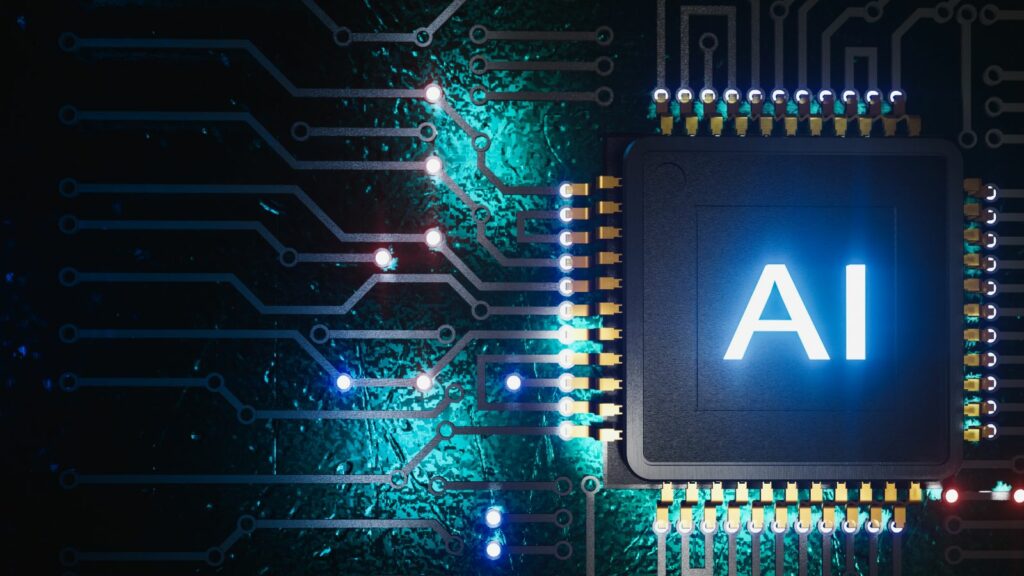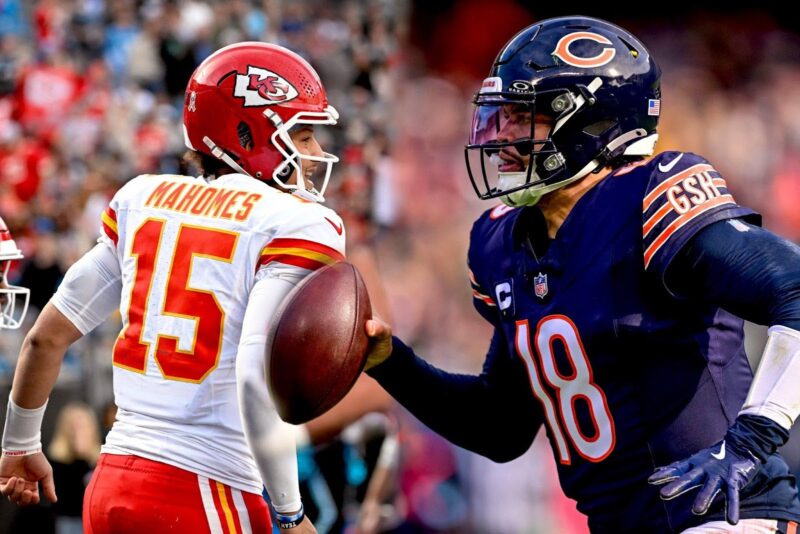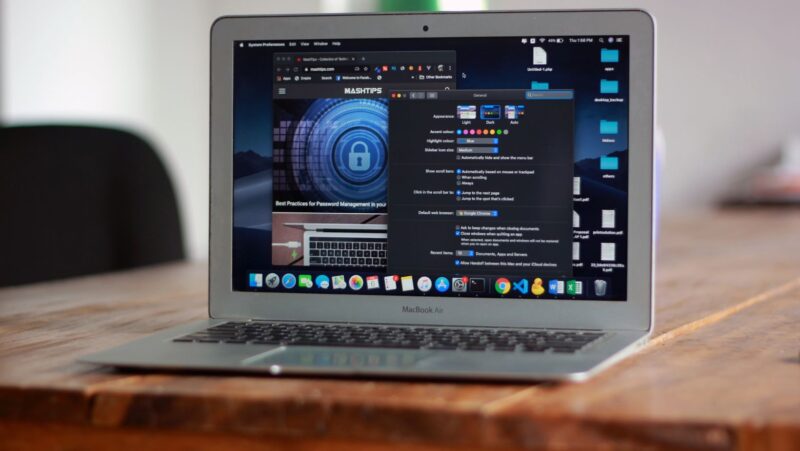
Artificial intelligence (AI) has revolutionised photography, altering the way we take, edit, and post images online. AI-powered tools have also transformed how we enhance and even create images from scratch, making these processes more accessible and efficient. There are many benefits to AI-powered photography, but there are also some drawbacks of this technological advancement.
Simplifying Photo Editing
One of the most significant ways AI is changing photography is by simplifying the photo editing process. Traditional photo editing can be time-consuming and often requires a high level of skill. However, AI-driven tools have democratised this process, making it easier for anyone, regardless of their expertise, to produce high-quality images.
AI is revolutionizing the way we edit photos by using a free image resizer, making it easier than ever to enhance and resize images with precision. By leveraging AI-powered free image resizers, users can quickly adjust their photos’ dimensions without losing quality, streamlining the editing process.
This has the potential to make photography more accessible to a wider audience, allowing more people to express their creativity through photography.
Automated Enhancements
AI algorithms can automatically enhance photos by adjusting brightness, contrast, saturation, and sharpness. Tools like Adobe Photoshop and Lightroom now incorporate AI to suggest edits that dramatically improve an image with a single click. For instance, Adobe’s Sensei AI technology analyses photos and offers suggestions to enhance colours, remove noise, and even restore old photographs. This can significantly improve the quality of images, making them more vibrant, clear, and detailed.
Intelligent Retouching
AI also excels in retouching photos. Whether removing blemishes, smoothing skin tones, or even replacing backgrounds, AI-powered tools can perform these tasks quickly and accurately. Applications like Facetune and Skylum Luminar use AI to retouch portraits, making it easier to achieve a polished look without manual intervention.
Creating Any Image You Want
Beyond editing, AI has opened up a world of new creative possibilities for photographers. AI-generated art and photos are becoming increasingly sophisticated, sparking inspiration and allowing users to create virtually any image they can imagine, igniting a new era of creativity in photography. Online platforms like AI Nudes make it possible to create exciting images from scratch. These images can be produced in a matter of seconds by using just a few prompts.
Generative Adversarial Networks (GANs)
Generative Adversarial Networks (GANs) are a key technology behind AI image creation. GANs consist of two neural networks – the generator and the discriminator – that work together to create realistic images. The generator creates images, while the discriminator evaluates them, and through this iterative process, the AI can produce compelling images.

Tools like Artbreeder and DeepArt use GANs to allow users to create unique art pieces by blending different images and styles. For instance, Artbreeder uses GANs to blend the features of different images, creating a new, unique image that combines the best elements of each source image.
Text-to-Image Generation
AI can also generate images based on textual descriptions. Models like OpenAI’s DALL-E and Google’s Imagen can create detailed and accurate images from simple text prompts. For instance, if you describe a ‘red apple on a white plate ‘, DALL-E can generate an image that matches this description.

This capability has profound implications for fields such as advertising, where marketers can quickly generate visual content tailored to specific messages, or for individuals looking to visualise creative ideas without needing artistic skills.
Drawbacks of Using AI in Photography
While AI offers many benefits in photo editing and creation, it also presents challenges and drawbacks.
Ethical Concerns
One of the primary concerns with AI-generated images is the potential for misuse. Deepfakes, which use AI to create realistic but fake images or videos of people, have raised significant ethical issues. These manipulated images can be used to spread misinformation, defame individuals, or create fraudulent content, posing a threat to privacy and security. For instance, a deepfake video could be used to falsely implicate someone in a crime, leading to serious legal and social consequences.
Loss of Authenticity
AI’s ability to enhance and create images raises questions about the authenticity of photographs. In an era where images can be easily manipulated, it becomes challenging to distinguish between real and altered photos. This can undermine the credibility of visual media, particularly in journalism and legal contexts where authenticity is crucial.
Dependence on Technology
As AI tools become more integrated into photography, there is a risk of over-reliance on technology. While these tools can enhance productivity and creativity, they might also reduce the development of traditional photography skills. This could potentially lead to a shift in the job market, with a greater demand for AI-savvy photographers and a decrease in the need for traditional photography skills. Photographers might become dependent on AI to correct mistakes or enhance images, potentially diminishing the value of manual expertise and creative vision.
AI is undeniably transforming the world of photography, making it easier to edit and create images. The advent of AI-powered tools has democratised photo editing, allowing anyone to enhance their photos with minimal effort. Additionally, AI’s ability to generate images from scratch opens up new creative possibilities. For instance, AI can help photographers experiment with different styles and techniques, leading to more innovative and creative work. Moreover, AI can also enhance productivity by automating repetitive tasks, allowing photographers to focus more on the creative aspects of their work.
However, these advancements come with their own set of challenges. We understand the ethical concerns, questions about authenticity, and the potential for over-reliance on technology are significant drawbacks that must be addressed. As AI continues to evolve, it will be crucial for photographers, developers, and policymakers to navigate these challenges carefully, ensuring that AI enhances, rather than detracts from, the art and practice of photography.










